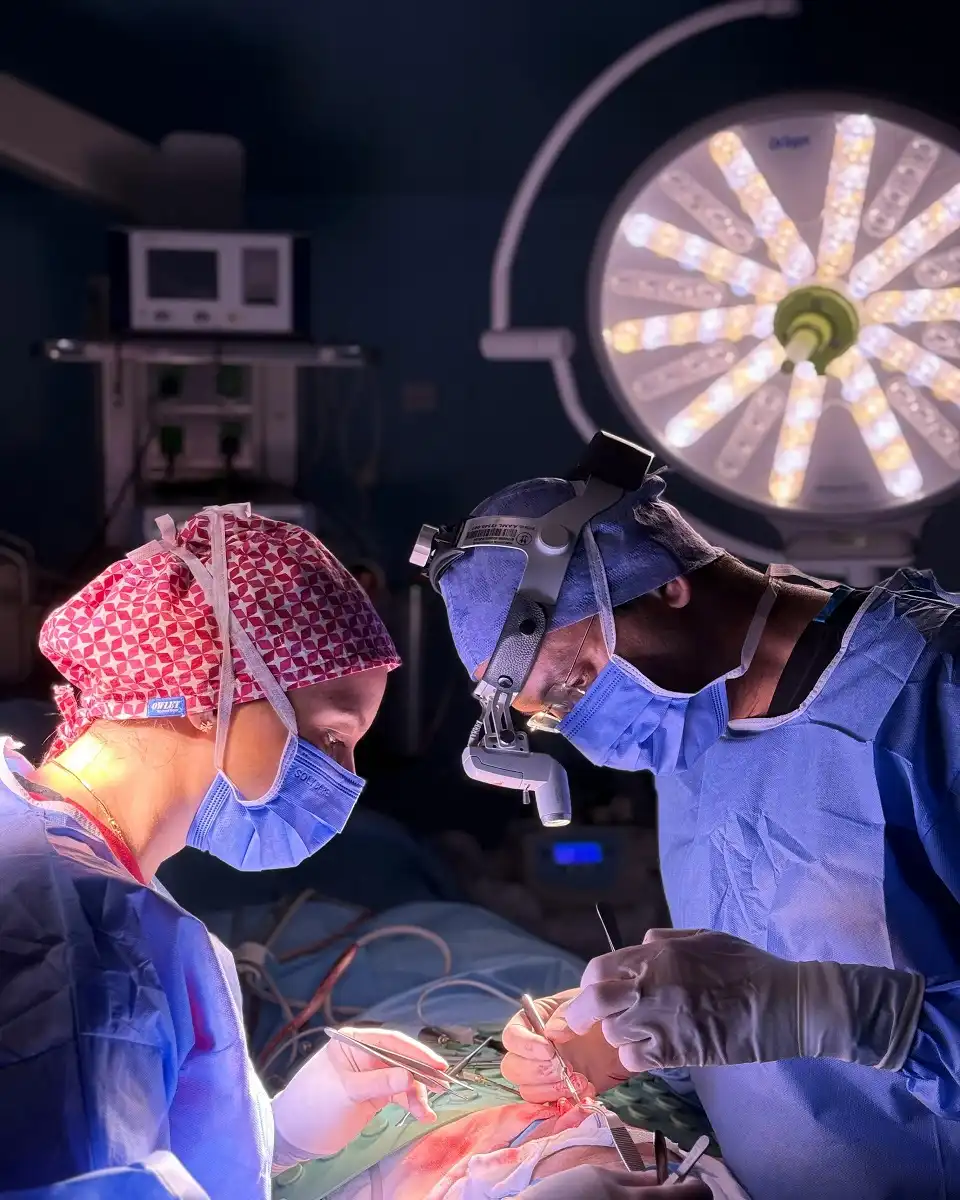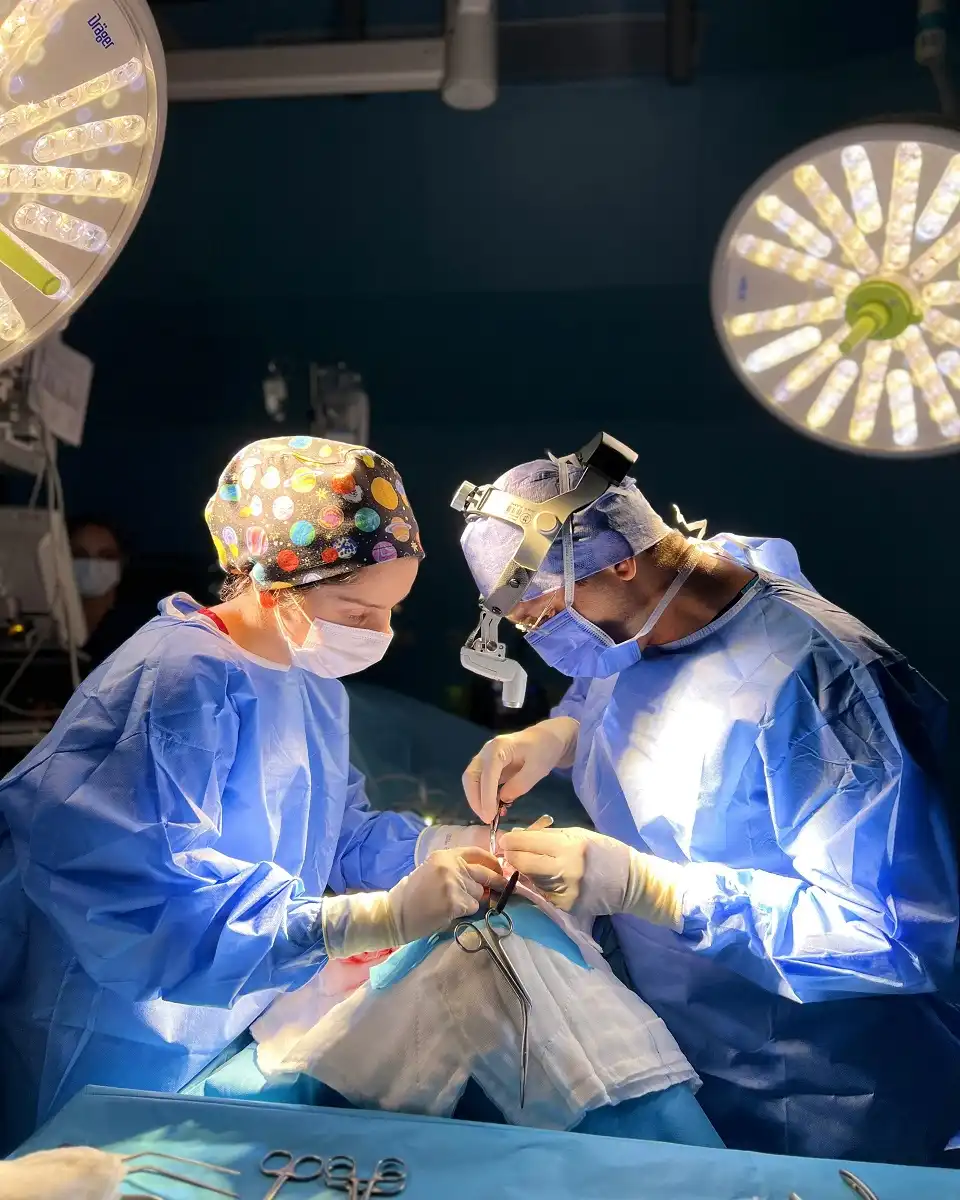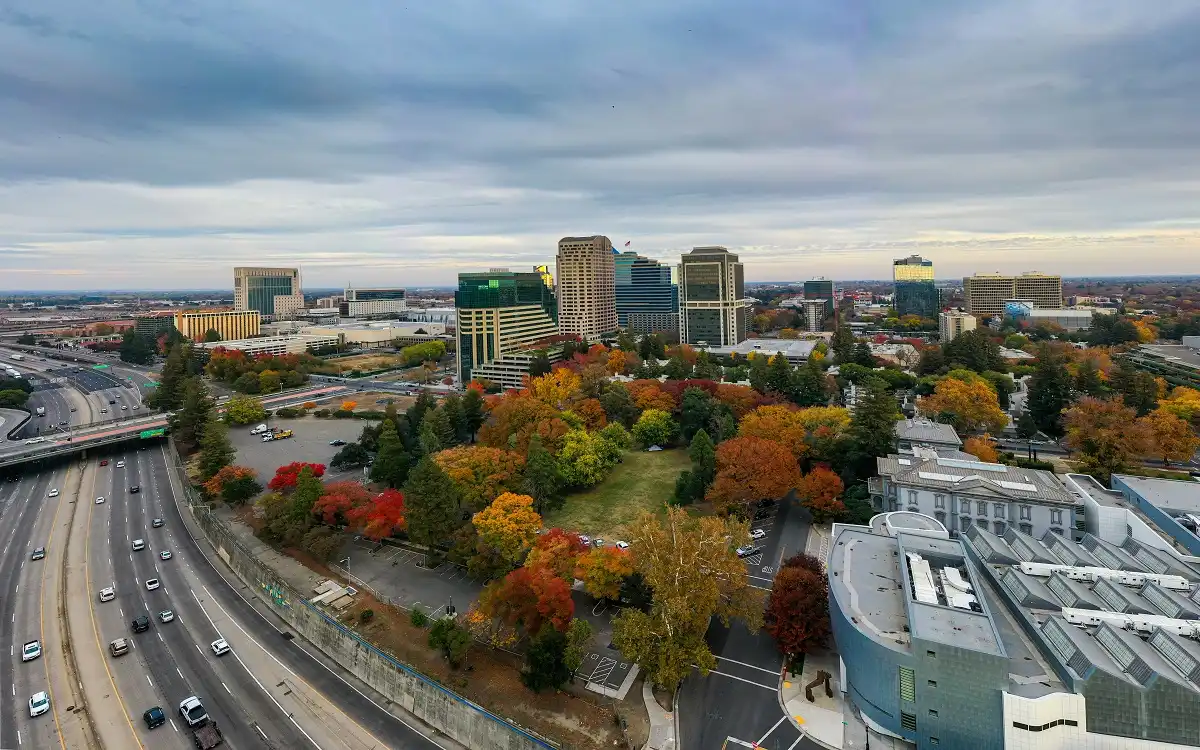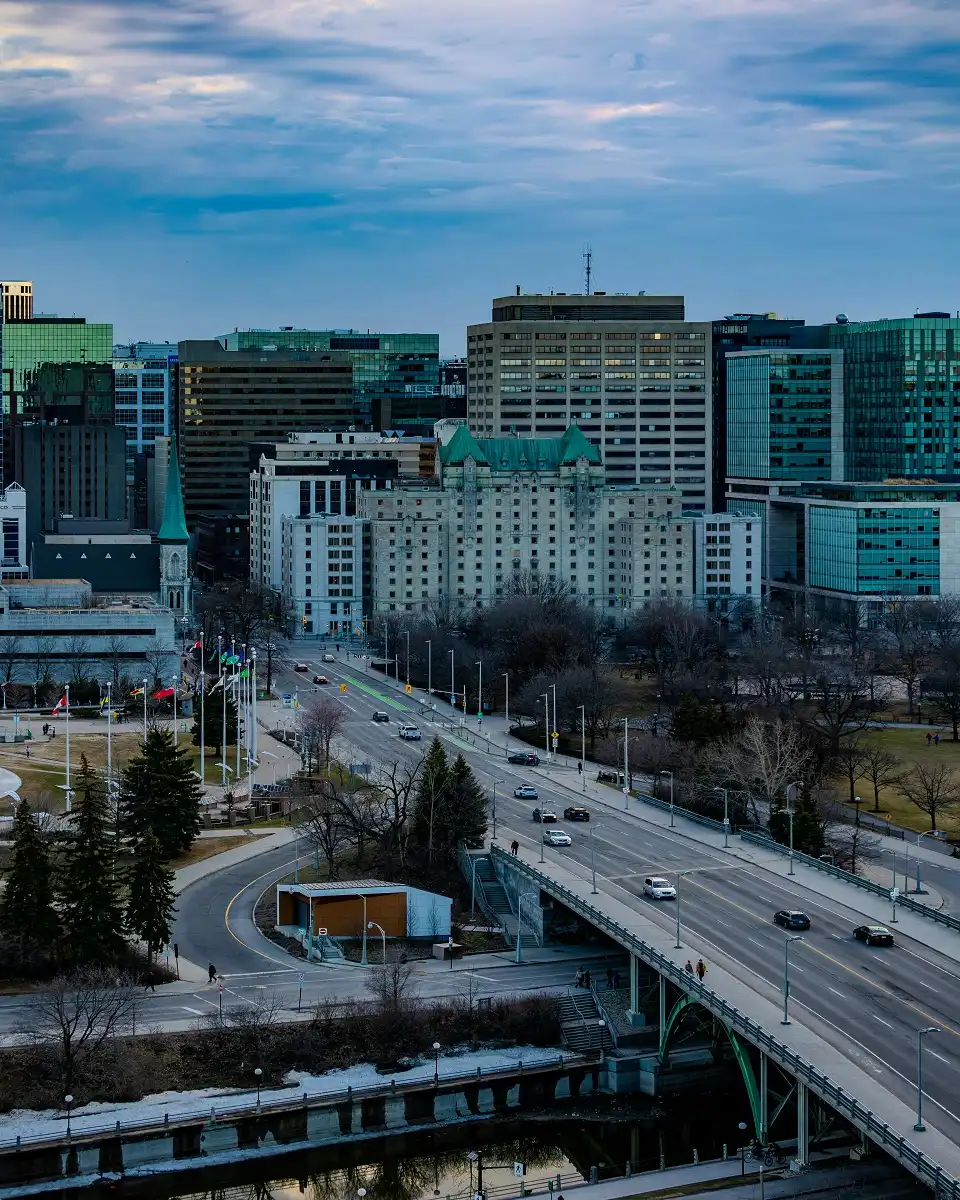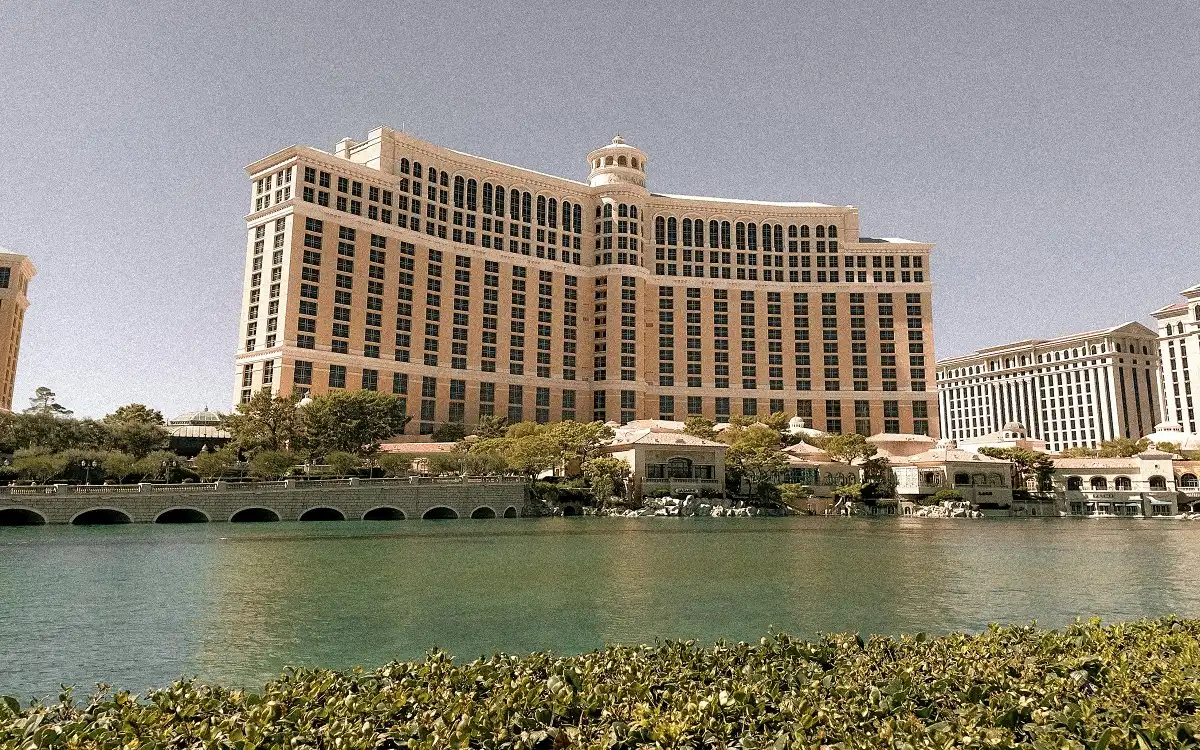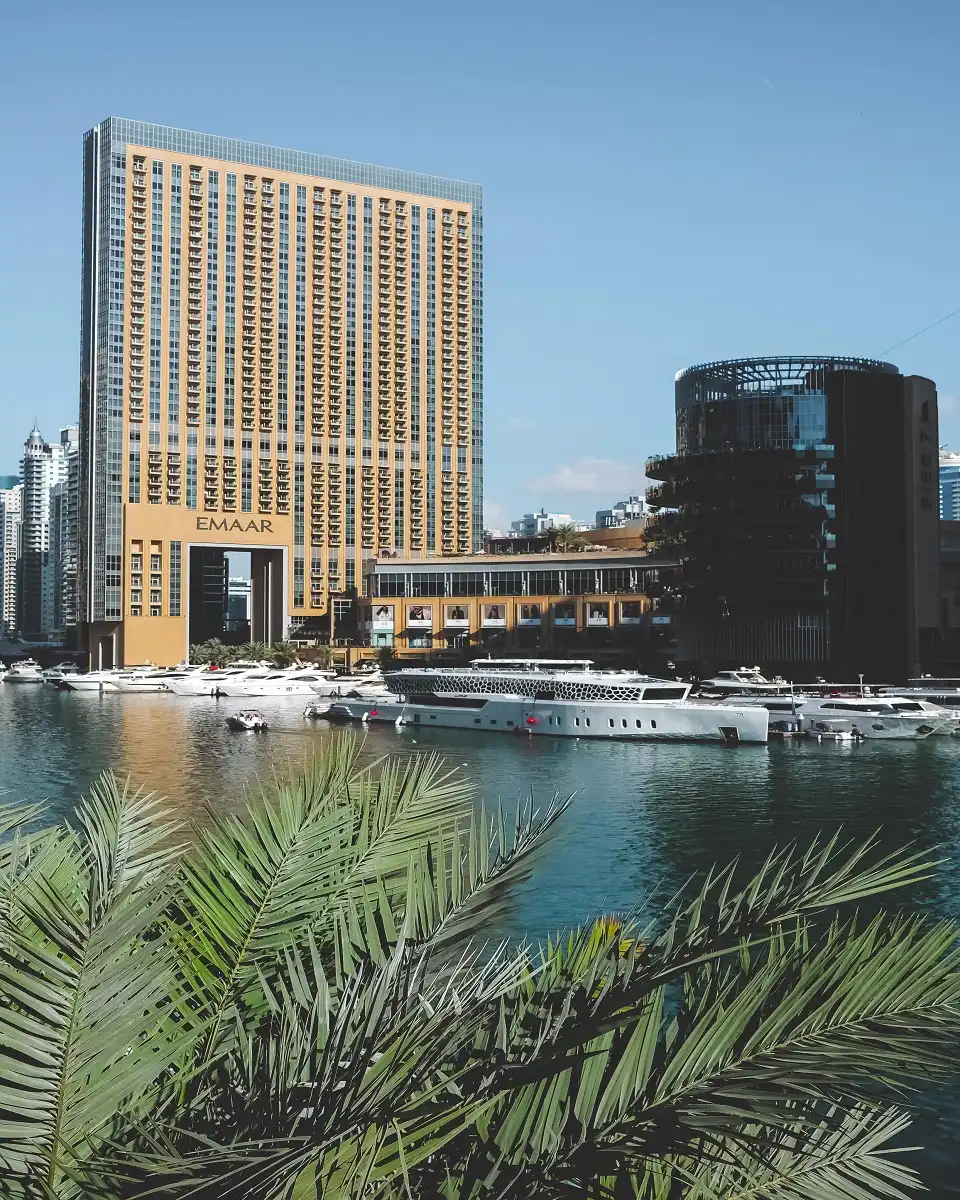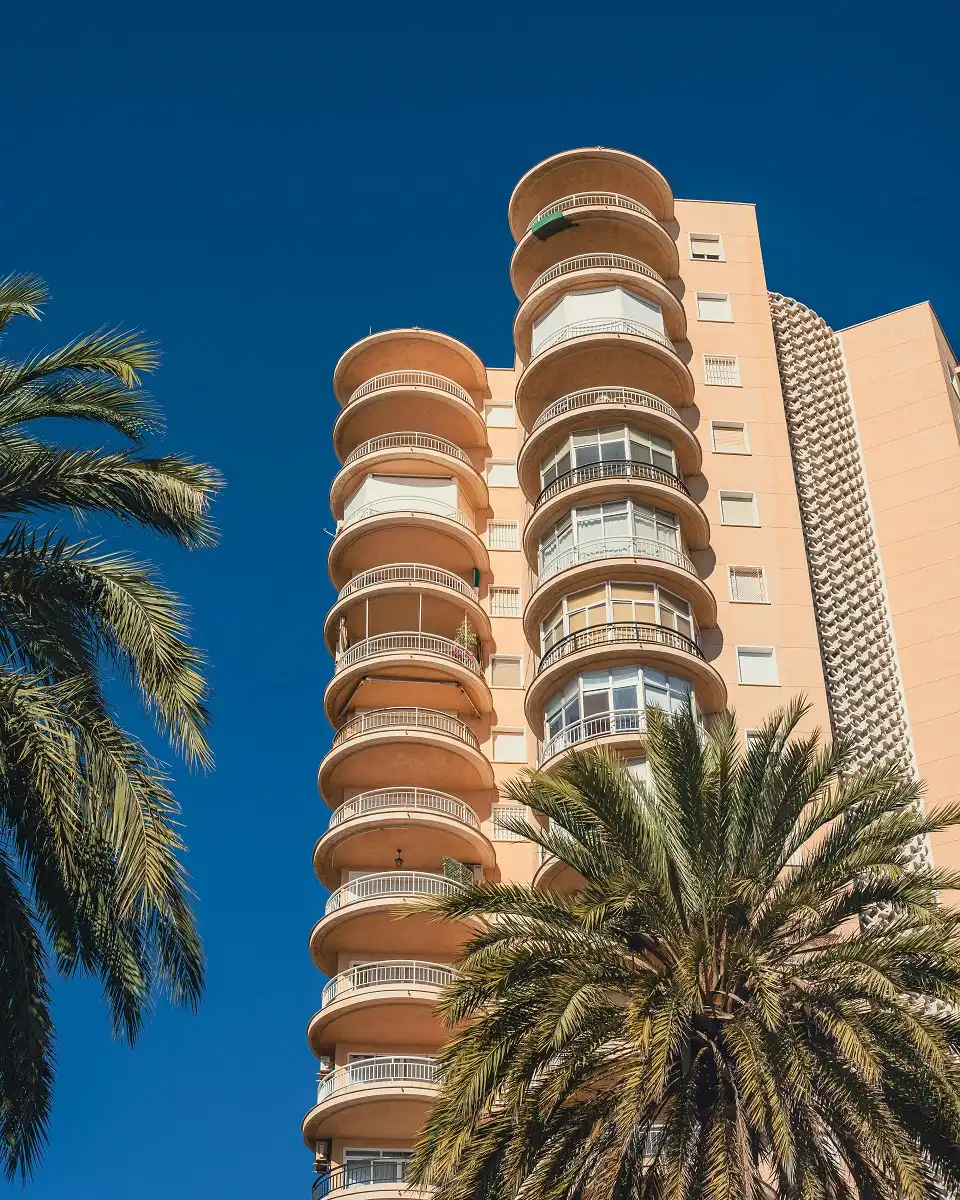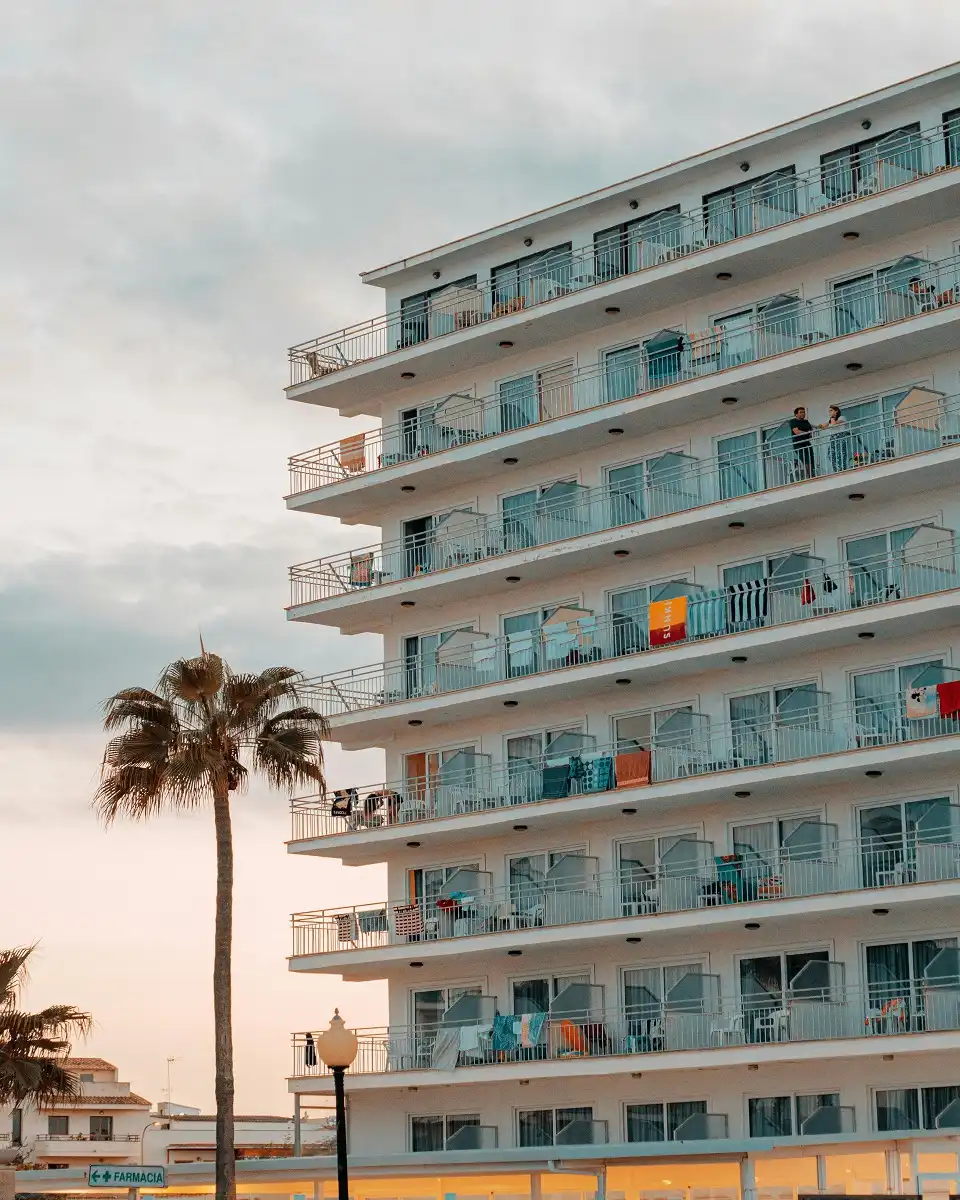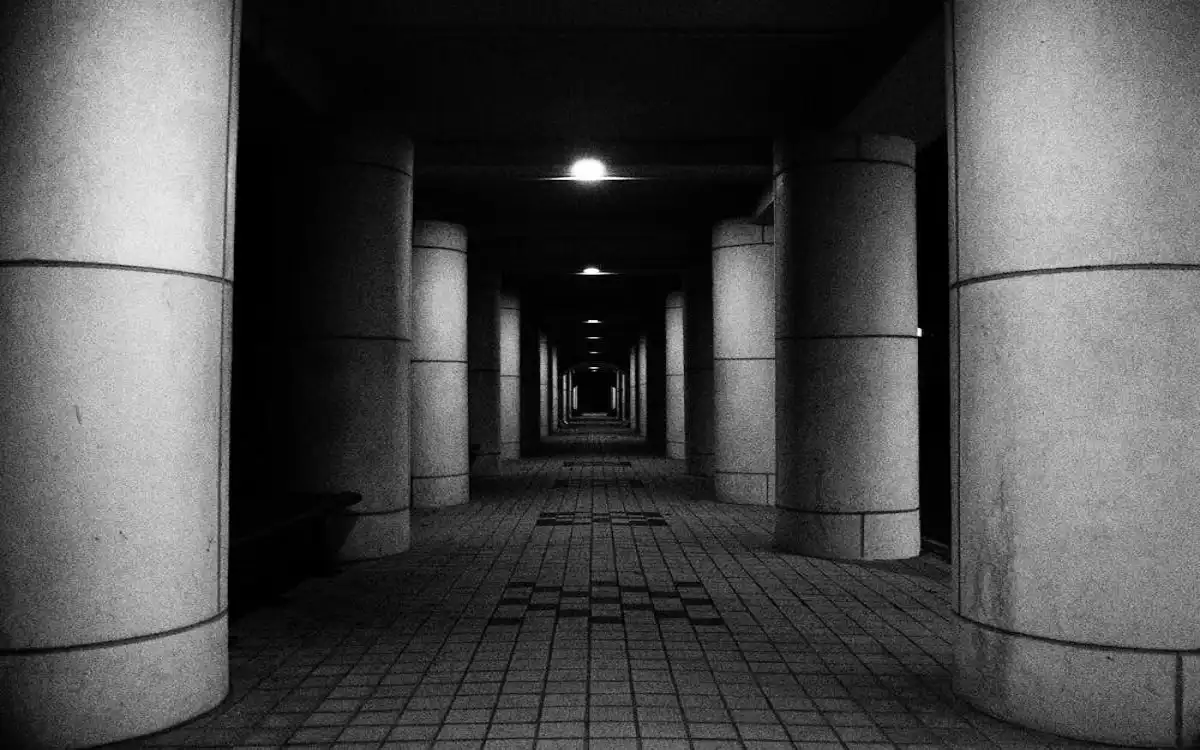Intro: A Civic Icon Meets Modern Building Craft
In Pennsylvania, the Lancaster County Convention Center stands tall in the center of Lancaster as an anchor of business, culture, and community.
Having opened in 2009, the center blends with a preserved Beaux-Art façade, shaping how the city hosts conferences. The center’s owners and designers have focused on making the building more flexible, durable, and faster to adapt for varying events.
Their focus on improved functionality has drawn attention to the building’s precast concrete technology. It focused on concrete during the design and serves now as a reinvention catalyst.

Why Reinvention? The Pressures on Modern Convention Centers
Today, large, open convention spaces that simply function as a venue for trade shows and events no longer exist. Their adaptation to modern needs includes:
- The integrated audiovisual and network infrastructure of hybrid events.
- Spaces that clients demand to be flexible, divisible, and adaptable.
- Reduced lifecycle costs, simplified maintenance, and improved energy performance for owners.
- The contemporary capability of urban sites, with regard to history, needs solutions.
These changes meant modifying the programs of the Lancaster County Convention Center to balance with the identified priorities. Adding rentable square feet lobby and circulation reconfiguring.
Their programs updating façades and systems to reduce maintenance and operating costs. There is an authority in charge of the center, and it has been publicly investigating the possibilities of re-use and re-configuration of existing walls and spaces.
This is an example of how reinvention is possible through focused, surgical strategies rather than full demolition.
Precast concrete practical integration with technology
These innovations include concrete anchored with aluminum sheets that are molded in a separate controlled plant and then transported to the venue of assembly.
In comparison, the concrete strategy of cast in place is done where the concrete is poured and then cured on the same site.
The Lancaster project had many goals including completing the construction on site within the limited space available, creating a building with a modern look while still incorporating elements with historical meaning, and finally, creating a building that was durable and low maintenance.
The building was finished with silmain and was able to create panels with sandblasted surfaces to imitate limestone, thin brick embeds, and limestone to widstand the weather and decrease the reliance on manual labor.
- the pod-like design and modern techniques removed exisiting building, and uninterrupted street traffic.
- Off site construction reduced on site building time.
- Construction was unprecended within the area, allowing businesses to remain functioning.
- The materials used to create panels emerged, creating an open, fresh space with light.
- No manual labor was required alongside the building, which reduced the labor cost significantly.
- Historical integration: given the Watt & Shand’s historic value, the designers preserved its façade and unified its stonework with precast finishes, thus successfully integrating the old with the new.
- Enhanced expectations: some precast panels were designed with thin bent brick and tailor-made textures, Mercy West enhancing the face of the building, thus giving it a high-end masonry appearance, and a quicker alternative to full brick masonry.
Suppliers and associations have shown project metrics, and the architectural precast package as an example encompasses around 67,000 square feet of panel area within an integrated convention and hotel facility.
This example showcases the value of precast for mixed-use structures, as it’s a façade strategy and performance strategy simultaneously.
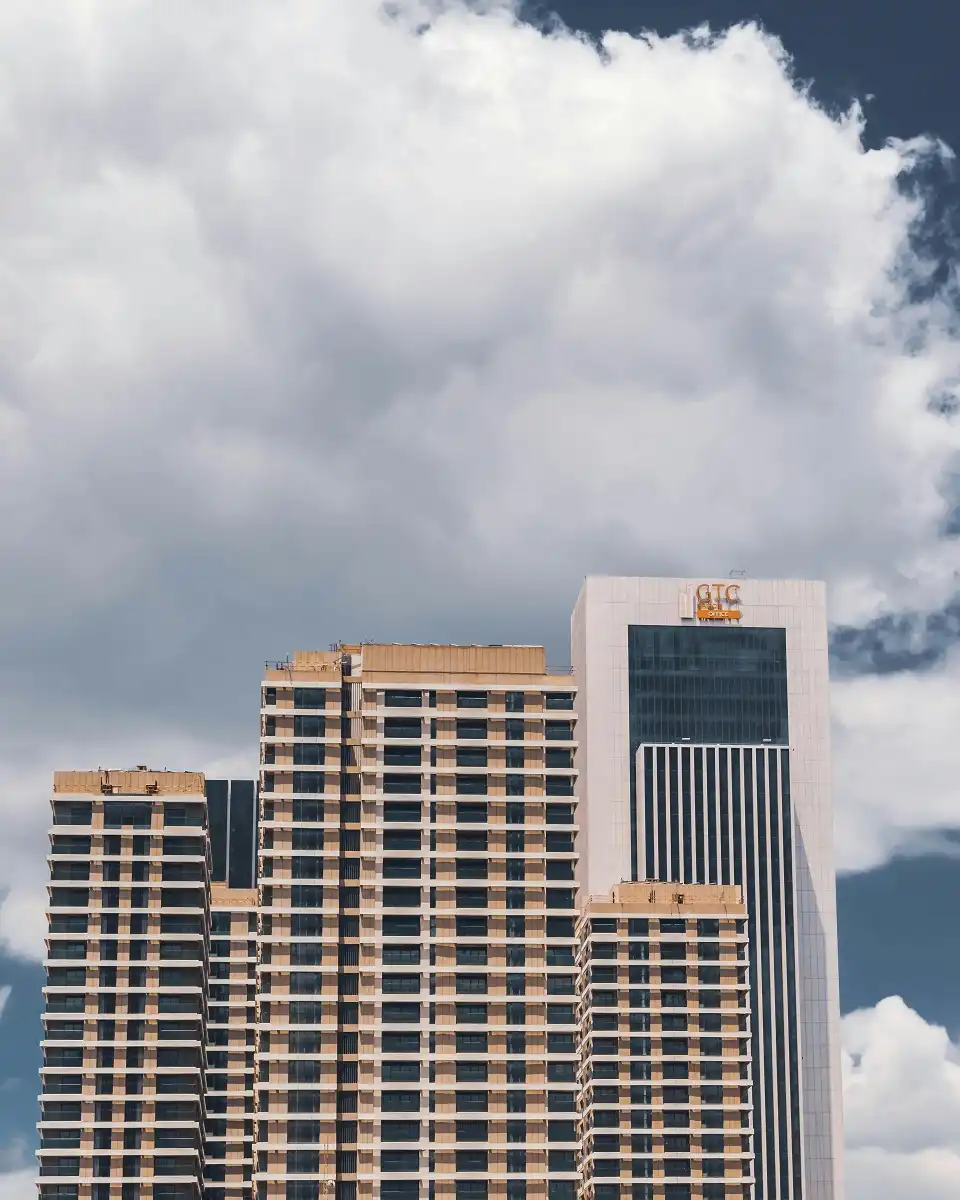
Table How precast stacks up against traditional cast-in-place for convention center upgrades
| Performance category | Precast concrete | Cast-in-place concrete |
| Speed of on-site work | Fast — panels arrive finished and are installed quickly | Slower — each pour requires formwork and curing time |
| Finish quality & repetition | High, consistent (factory control) | Variable — depends on site conditions and crews |
| Disruption to urban sites | Low — less on-site work and noise | High — prolonged onsite activity and traffic impact |
| Long-term maintenance | Low — durable, weather resistant | Moderate — potential for cracking, staining |
| Design flexibility | High — custom molds and embedded finishes available | High, but often costlier for complex façades |
| Thermal & acoustic | Good thermal mass; solid panels aid acoustics | Comparable, depends on assembly and insulation |
Design ideas for reinvention using precast:
For other civic venues and the Lancaster County Convention Center specifically, the intention of modernizing without losing the downtown character can be achieved through precast and its many strategies:
- Modular lobby inserts: Precast modules can be utilized for reshaping the flow of lobby circulation within a short amount of time. Thus creating rentable micro-ballrooms or flexible meeting suites, which can be an alternative to extensive construction during high traffic periods.
- The center is considering repurposing part of its Vine Street lobby, freeing up some 12,000 square feet for events, and is an ideal candidate for site disruption objectives.
- Interior precast panels and integrated outdoor façades and insulated architectural precast façades panels. In dual purpose spaces such as ballrooms and theatres, these panels enhance fit-out and sound isolation and help to modularize construction space vertically.
- Integrated outdoor façades and insulated architectural precast façades panels. In dual purpose spaces such as ballrooms and theatres. These keep the cubic volume to a minimum, enhance sound isolation, and help to modularize construction space vertically.
- Integrated architectural precast panels of various designs with embedded thin brickwork. The first of these is an instructive precedent to the LCCC strategy of the original LCCC façade approach using precast with embedded thin brick as design. Constraining with prefinished integrated dowelled lighting for loft spaces.
- Components for prefabricated mechanical, electrical and plumbing (MEP) shafts and risers. These modular construction precast elements can contain built-in conduits which provide rapid utility upgrades necessary for hybrid events (high data volume and intensive power redundancy).
Lessons from other recent projects (brief parallels)
From my observations and understanding of recent projects, manufacturers and contractors have used and covered kinds of health. Civic buildings with precast to show colour, Mercy Health West Hospital texture and the ability to perform the structure builder.
For example, at Mercy Health, the more sophisticated facilities used complex precast and glazed tile panels to create exterior hospital façades for precast that is durable and demonstrate façades.
Glazed tile panels with gradient colour. These hospital applications illustrate that precast can also achieve high performance in types of programs that are more demanding in aesthetics.
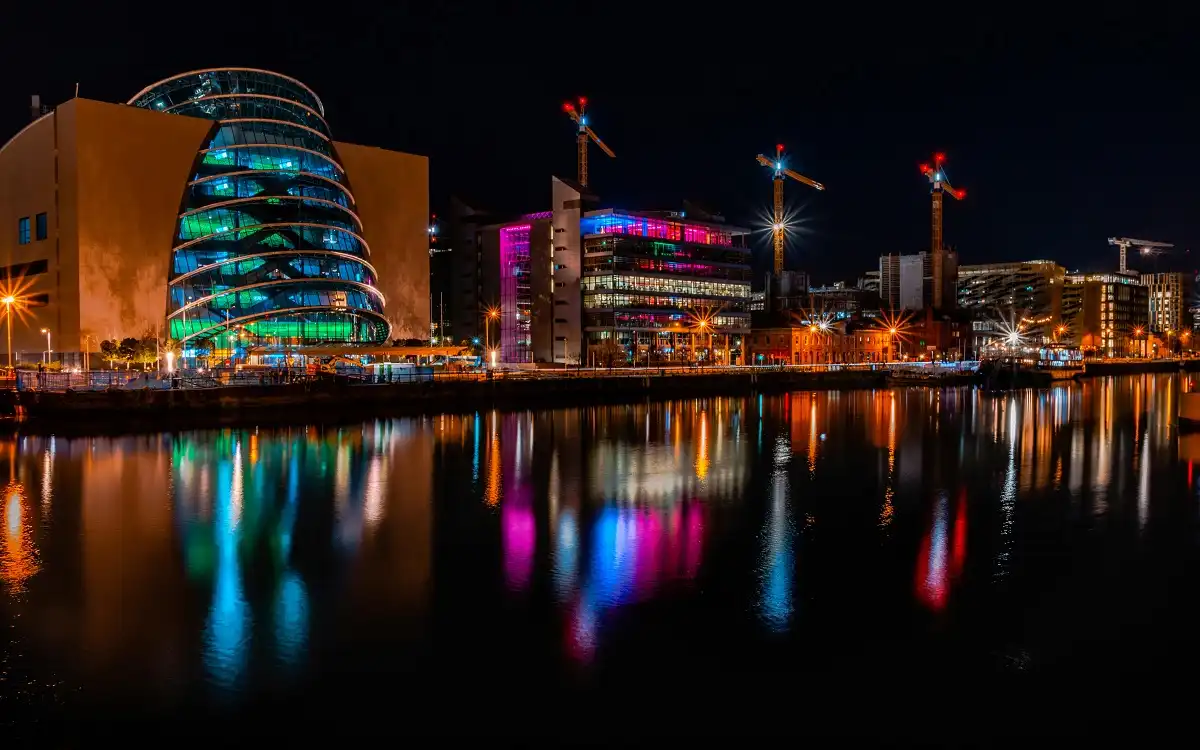
Economic and sustainability considerations
- Construction time is reduced, leading to faster return of investment. For a convention center to operate, there ribs on the downtime and can even use the schedules to host the events soon after the investment is done and get the investment back.
- Embodied carbon tradeoffs. Long term, most precasts lead to lower maintenance budgets for the owners, especially the public ones.
- The carbon pollution is higher on concrete, but trade and life span can improve the cycle. Also, designers can use carbon reducing designs, recycled aggregates, and optimally mixed concrete.
- Also including the regional precast plants as a local source of transportation does help with transport from heavy claddings, a civic project with the local economy.
Implementation Roadmap: Practical Steps for the Next Phase Lancaster
- Confirmation of Goals: Validate event types and functional requirements capable of hybridization for 12,000 sq. ft of repurposed space. (The LCCC authority has already done preliminary work on the Vine Street lobby reuse.)
- Precast Supplier Engagement: Beginning the engagement of a precast supplier for the evaluation of panel sizes, connections, and cranage logistics for the downtown site. The earlier the engagement, the more surprises will be avoided around delivery staging and hoisting.
- Integrated Design Test: Full scale mockups of any architectural precast finish (sandblast, colour, embedded thin brick) to see if they match the preserved Watt & Shand facade to check fabrication tolerances and oversee the façade construction.
- Constructive Phasing Proposal: Workflow sequencing to keep core operations functional will be event driven, for example night and off-peak installs of street front panels, temporary partitions for safety and circulation.
- Future-Proofing & 5D for MEP Coordination: Upgrading power and data risers that can livestream multiple AVIT. Redundant capacity for dense simultaneous traffic.
Wider civil advantages: creativity and transformation
Modernizing the Lancaster County Convention Center with precast elements is more than an engineering or cost decision, it is a civic plan. Carefully considered transformation can:
- Retain and elevate the historic texture (the Watt & Shand Facade) in the complex, while integrating contemporary performance and safety standards.
- Enhance the facility’s competitive capability in regional meetings markets with flexible, technology-ready event spaces.
- Achieve sustainable stewardship through durable materials and holistic lifecycle thinking.
Recent actions of the county concerning the selection of sites and the planning of facilities for a Downtown convention center show a constant civic devotion.
Reinvestment in this typology asserting that incremental smart reinventions can be convincing enough to stakeholders and funders.
Conclusion A viable approach for a flexible and resilient tomorrow.
Lancaster County Convention Center embodies the balance that can be struck between modern construction and the preservation of heritage sites.
Used to provide a consistent and high-quality façade complete with architectural finishes, precast concrete now serves the purpose of enabling reinvention with faster, lower cost long-term, and respectful visual edge upgrades to historic streets.
With the ongoing reconfiguration of the Lancaster Downtown the placement of harness-ready precast concrete will provide owners, architects, and city officials the reserve.
Deliver civic construction of long-lasting, versatile, and pleasing appearance infrastructure that the community and schedule appreciate.
For Repair and Services
1924 W Edward Ln, Milwaukee, WI 53209, United States
Phone: +14142855933
Email: [email protected]

